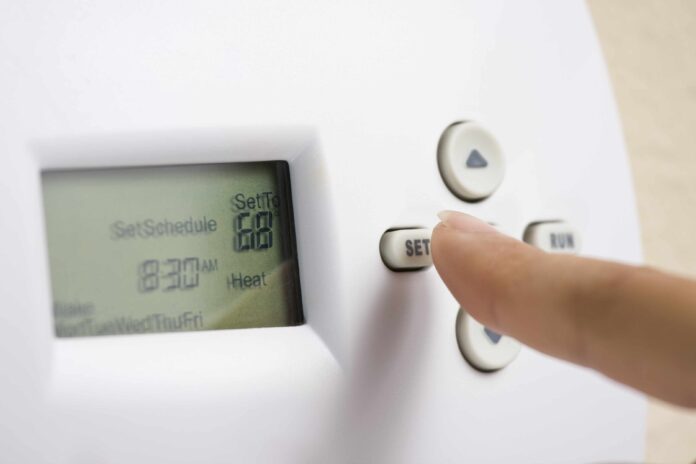Maintaining a comfortable home during winter doesn’t have to break the bank. The key is finding the sweet spot on your thermostat – a temperature that keeps you warm without needlessly inflating energy bills. This guide explores the ideal settings, maintenance tips, and how to maximize efficiency for a cozy, cost-effective winter.
Why Thermostat Settings Matter
Heating accounts for a significant portion of winter energy consumption. Setting the thermostat too high wastes electricity, stresses the heating system, and drives up costs. Conversely, setting it too low can lead to discomfort or even frozen pipes in extreme cold. The goal is to strike a balance between warmth and savings.
The Comfort Zone: What Temperature Works Best?
For most people, a comfortable indoor temperature during winter falls between 64°F and 75°F. The World Health Organization (WHO) recommends a minimum of 64°F when people are home and awake. For infants, the elderly, or those with health concerns, a minimum of 68°F is advisable.
68°F is generally considered the best all-around setting, providing a comfortable balance without excessive energy waste. However, a static setting isn’t always the most efficient approach.
Smart Savings: Lowering the Temperature When It Counts
To maximize savings, lower the thermostat by 7°F to 10°F at night when your body temperature naturally drops. Similarly, reduce the temperature during unoccupied daytime hours. This practice can save up to 10% on heating bills.
Thermostat Placement: Accuracy Matters
For optimal efficiency, position the thermostat in a central location on the main floor, away from heat sources, windows, and doors. Avoid kitchens, bathrooms, hallways, and exterior walls. An accurate reading ensures the heating system operates effectively.
Saving Money on Winter Heating
Beyond thermostat settings, consider these strategies:
- Energy Provider: Shop for competitive electricity rates.
- Room Zoning: Close vents in unused rooms.
- Home Maintenance: Seal cracks around windows and doors.
- HVAC Inspection: Schedule annual maintenance.
- Dress Warmly: Layer clothing and use blankets before adjusting the thermostat.
Gradual Adjustments for Comfort
When temperatures drop, avoid sudden thermostat increases. Instead, lower the setting by one degree per week to allow your body to adapt. This gradual approach ensures comfort without shocking the system.
Essential Thermostat and HVAC Maintenance
Regular maintenance prevents costly repairs and ensures efficiency:
- Schedule: Stick to a consistent maintenance routine.
- Accuracy: Test the thermostat’s reading.
- Batteries: Replace as needed.
- Cleaning: Remove dust and debris.
- Lifespan: Replace the thermostat every 10–15 years.
- Air Filter: Change every 1–3 months.
- Annual Inspection: Have the furnace serviced yearly.
- Unobstructed Vents: Keep vents clear of furniture.
The Benefits of Programmable and Smart Thermostats
Programmable thermostats automate temperature adjustments based on your schedule. Smart thermostats, often Wi-Fi-enabled, allow remote control via smartphone or tablet. Some integrate with other smart home devices for enhanced automation.
By implementing these strategies, you can enjoy a warm, comfortable winter without sacrificing your budget.
In conclusion: The ideal thermostat setting for winter is a balance between comfort and efficiency. By adjusting the temperature strategically, maintaining your HVAC system, and considering smart thermostat options, you can minimize energy waste and maximize savings




























